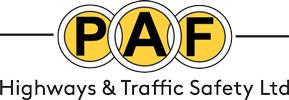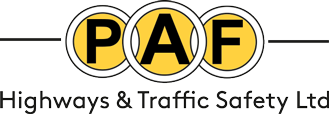Collision Investigation
The analysis of collision data is an important and integral part to understanding the common crash types, causes and trends. Crash data will be obtained from several sources including, the Police, Highway Authority, online resource and company records and used to
- To determine the common characteristics of collisions in order to identify and implement effective countermeasures.
- To identify locations, together with the traffic volume data, where the probability of collisions is significantly higher than average.

Forensic Investigation
Collision Investigation: Witness testimony, road user injuries, type of the vehicle, physical evidence, road geometry, road features, weather conditions, environmental constraints, injury mechanism, ergonomics, technical data, statistics and road user behaviour are all taken into consideration.
Collision Reconstruction: Information from vehicle damage, tyre marks, pedestrian throw, pedestrian speeds, reaction times, coefficient of friction values, vehicle mass, angles at impact and visibility can be mathematically modelled to estimate speeds and ascertain the possible sequence of events.
Vehicle Examination: Analysis of impact damage and contact marks can assist in estimating a vehicles speed, movement and direction.
Locus Reports: Scale CAD plans, photographs and video are used to illustrate road geometry and markings, position of witnesses, post and pre impact course of vehicles and lines of sight.

Highway Investigation
PAF have the benefit of highway engineers that are specifically trained and experienced in forensic investigation, highway design, road safety auditing and enforcement and therefore fully understand the consequences of a deficient highway and its associated furniture.
Best practice is that a full investigation of fatal and life threatening collisions should be investigated to determine if the highway assets were a contributing factor towards the cause of the crash.
PAF can mobilise their engineers to crash sites to conduct full and detailed engineering investigations. Details of highway layout are noted with special emphasis on safety features. Specific factors that are assessed include geometry, alignment, vehicle restraint systems, drainage, street lighting, road surface condition & characteristics, signals, signs, road markings, sight lines.
Other factors such as traffic density, traffic speeds, product approval and maintenance records are considered.


